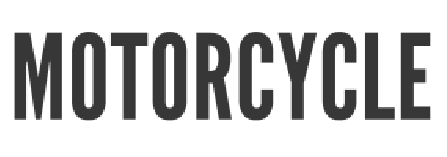One of the fastest growing demographics in motorcyclists these days are female riders, making up approximately 14% of all riders and getting bigger each year.
 |
| thank you Motoress for use of your design for IFRD |
That number was double what it was the previous year and predicted to climb higher in subsequent years. The median age for these female riders was 39, which is 9 years younger than their male counterparts, and almost 50% have a college or post-graduate degree. As well, almost 50% of these ladies are married, so perhaps this is a way to either get out with their significant others to enjoy riding together, or a way to get away from their spouse and enjoy some rides with their female friends! haha!
And to that end and a way to celebrate this awesome trend, be sure to check out a local International Female Ride Day event next Saturday, May 5th 2018, and join one of the many groups of ladies who also love to ride and have fun.
BlueCircle Insurance, as part of our involvement with the motorcycle community, is hosting rides again this year, one starting at our BCI Edmonton office and one out of our BCI Calgary office. Watch for details on our website and Facebook page and join us on the morning of, for some coffee and a light breakfast, before we head out on the road to meet up in Big Valley.






















